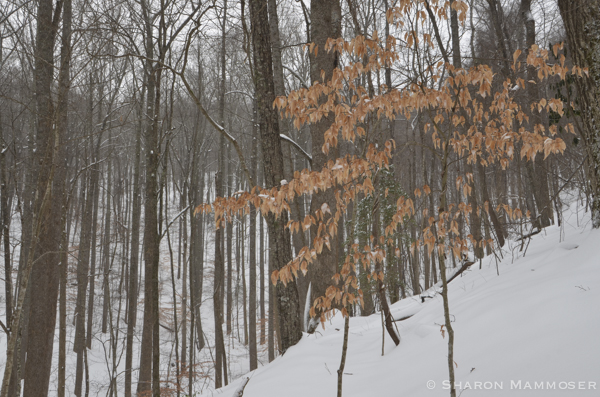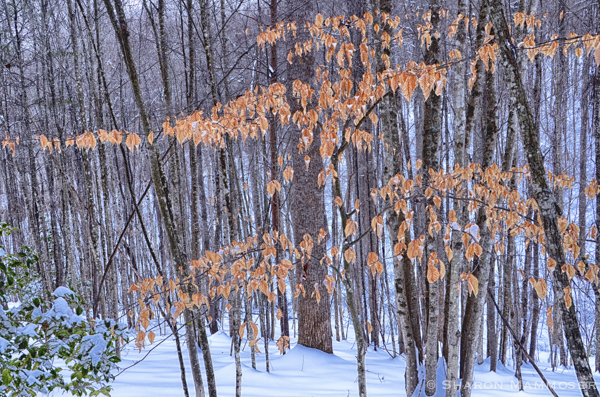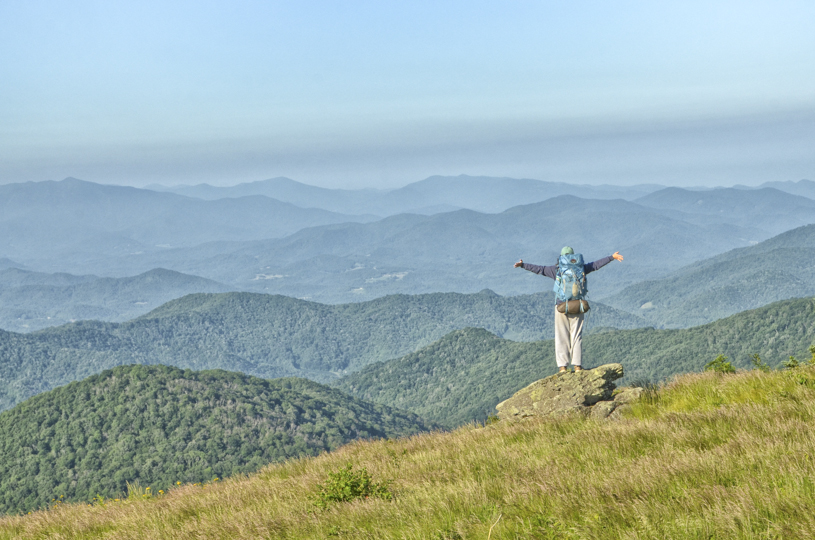 So the question of why beech trees (and others like oak) keep their leaves in winter provided an interesting subject to research, with lots of theories about this. Do you know why the beech trees keep their leaves in winter? Have you noticed this in a forest near you? Have you paid attention to the actual trees and whether ALL of the leaves stayed or just some of them? Do you have a theory about this?
So the question of why beech trees (and others like oak) keep their leaves in winter provided an interesting subject to research, with lots of theories about this. Do you know why the beech trees keep their leaves in winter? Have you noticed this in a forest near you? Have you paid attention to the actual trees and whether ALL of the leaves stayed or just some of them? Do you have a theory about this?
By the way, Botanists, who as you may have noticed, like to give fancy names for things, call this retention of dead plant material marcescence (mahr-CESS-ent). Beech are not the only trees with this characteristic but since so many beech trees might be found in one spot, it is often the most noticeable species exhibiting this characteristic. (Marcescence is also present in many species of oaks,ironwood, musclewood and witch hazel.)
In my research, I came across many theories about marcescence in the beech trees –like that by keeping their leaves they deter deer from browsing or that shedding their leaves at the end of the winter, rather than the beginning, means the decomposing leaves will be added to the soil at a time the trees need it most. Another is that the leaves on the trees mean more snow will be held there and then, when it melts, will fall at the base of the tree, thus giving more water and nutrients to the tree.
 But interestingly, the answer that was the most definitive AND made the most sense is about sex. (Are you surprised?) That is, beech trees keep their leaves when they are sexually immature. Sexually mature in trees is defined as when they start flowering and depending on the species and growing conditions, a tree may not reach sexual maturity for a few years to a few decades. Beech trees do not reach sexual maturity until they are 40-60 years old. Imagine!
But interestingly, the answer that was the most definitive AND made the most sense is about sex. (Are you surprised?) That is, beech trees keep their leaves when they are sexually immature. Sexually mature in trees is defined as when they start flowering and depending on the species and growing conditions, a tree may not reach sexual maturity for a few years to a few decades. Beech trees do not reach sexual maturity until they are 40-60 years old. Imagine!
Maybe to understand this better you need to know why trees lose their leaves in the first place. As cold weather approaches, deciduous trees move all the nutrients from the leaves into their stems and form an abscission layer where the leaf meets the stem, basically “ungluing” the leaf. By doing this they reduce water loss and prepare for winter.
In some years an early frost might interrupt this process and “kill” the leaves quickly, resulting in a higher incidence of marcescence. These trees did not have time to “unglue” their leaves.
 If you look around the forest and notice beech trees with their leaves still on–despite that we are well into March and some animals, like the woodchucks and birds have declared winter is nearing its end, you will see most of them are young trees. These are not sexually mature.
If you look around the forest and notice beech trees with their leaves still on–despite that we are well into March and some animals, like the woodchucks and birds have declared winter is nearing its end, you will see most of them are young trees. These are not sexually mature.
Of course you may also notice that even on some big trees, some branches still have their leaves. How can that be, you might ask, surely those giant trees are sexually mature by now? Well the answer interestingly is that some trees, for whatever reason, keep some branches–especially those at the crown and close to their trunks–in an immature condition. If you watch, these juvenile branches will not bear flowers come spring.
So now you know! And if anyone ever asks, or wonders aloud in your presence, you can say “It’s because of SEX–what else!”
Have a great Saturday! Check out the next puzzler HERE.


1 thought on “Weekly Puzzler Answer #98”
Comments are closed.